Home>Furniture & Design>Outdoor Furniture>What Is The Standard Outdoor Faucet Size
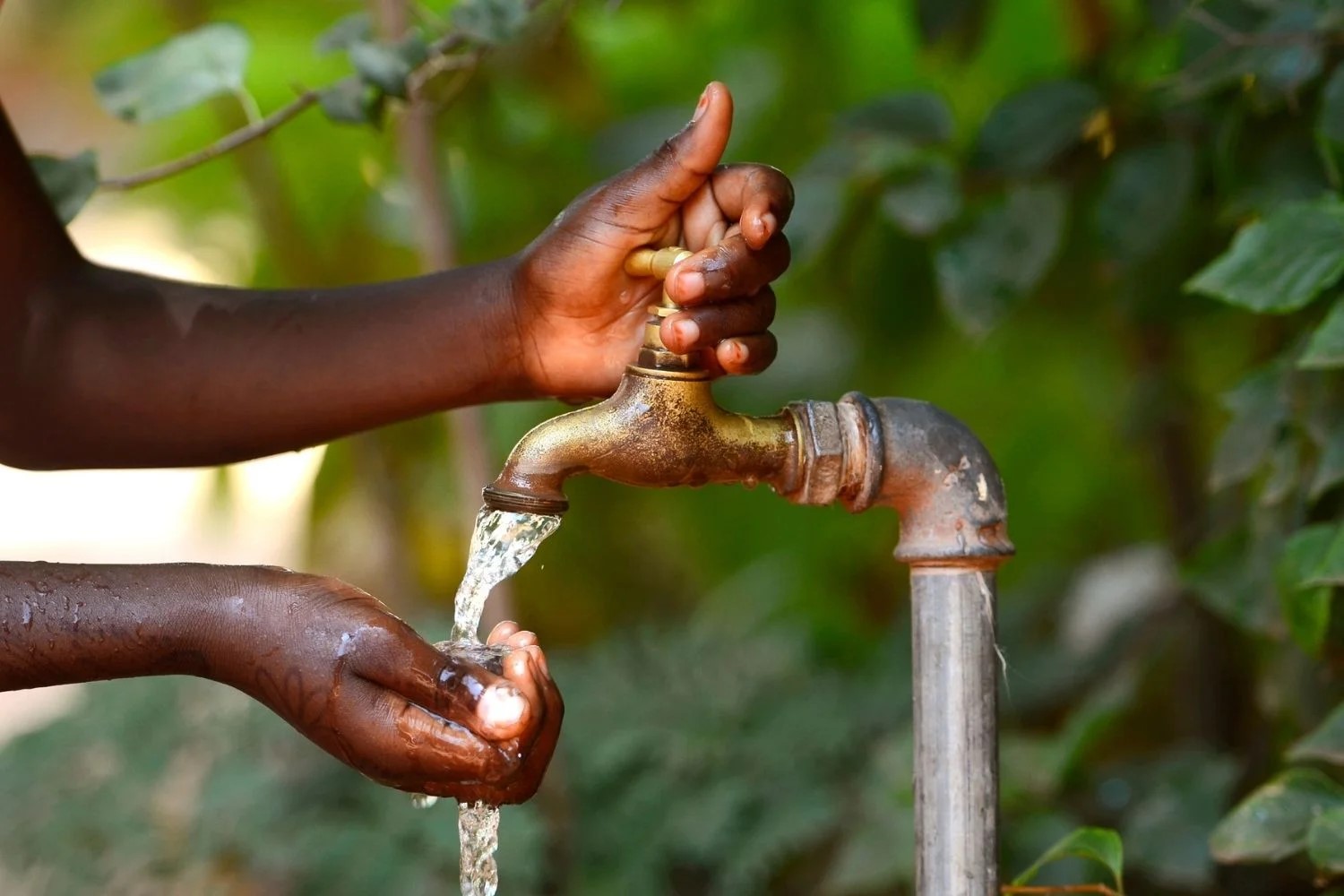

Outdoor Furniture
What Is The Standard Outdoor Faucet Size
Modified: May 6, 2024
Discover the standard outdoor faucet size and find the perfect outdoor furniture, furniture, and design with our comprehensive guide. Explore now!
(Many of the links in this article redirect to a specific reviewed product. Your purchase of these products through affiliate links helps to generate commission for Storables.com, at no extra cost. Learn more)
Introduction
When it comes to outdoor spaces, having the right equipment and fixtures can make all the difference in creating a functional and inviting environment. Outdoor faucets, also known as hose bibs or spigots, play a crucial role in providing water access for various activities, such as watering plants, washing cars, and cleaning outdoor surfaces. However, understanding the standard outdoor faucet sizes is essential for ensuring compatibility with different hoses and accessories.
In this comprehensive guide, we will delve into the world of outdoor faucet sizes, shedding light on the common dimensions, factors to consider when choosing the right size, and the significance of these fixtures in outdoor settings. Whether you are a seasoned outdoor enthusiast or a homeowner looking to upgrade your outdoor water supply, this article will equip you with the knowledge needed to make informed decisions and optimize the functionality of your outdoor space.
Join us as we explore the intricacies of outdoor faucet sizes, demystify the terminology, and empower you to select the most suitable option for your specific needs. Let's dive in and unravel the fascinating world of outdoor faucets!
Key Takeaways:
- Choose the Right Size: 1/2-inch faucets are great for small spaces and everyday tasks, while 3/4-inch faucets are ideal for larger areas and demanding water needs.
- Plan for the Future: Consider future needs and upgrades when selecting faucet size to ensure compatibility and seamless water access for outdoor activities.
Read more: What Is The Standard Refrigerator Size
Understanding Outdoor Faucet Sizes
Outdoor faucet sizes refer to the dimensions and specifications of the fixtures that provide water access in outdoor spaces. These sizes are crucial for ensuring compatibility with hoses, attachments, and other outdoor water-related equipment. Understanding outdoor faucet sizes involves familiarizing oneself with the terminology and measurements associated with these fixtures.
One of the primary considerations in understanding outdoor faucet sizes is the diameter of the fixture’s water outlet. The most common outdoor faucet sizes feature a 1/2-inch or 3/4-inch diameter, which determines the flow rate and compatibility with different hose sizes. Additionally, the length of the faucet, measured from the mounting surface to the tip of the spout, is a key dimension to consider when assessing the suitability of the fixture for specific outdoor applications.
Moreover, outdoor faucet sizes are often categorized based on the threading that connects the fixture to the water supply. The two main thread standards for outdoor faucets are the hose thread (HT) and pipe thread (PT). Understanding the distinctions between these thread types is essential for selecting the appropriate connectors and adapters to ensure a secure and leak-free connection.
Furthermore, being aware of the material and construction of outdoor faucets is integral to understanding their sizes. These fixtures are typically made from materials such as brass, stainless steel, or plastic, with variations in wall thickness and overall robustness. The material and build of the faucet can influence its compatibility with different hose types and the overall durability in outdoor environments.
By delving into the intricacies of outdoor faucet sizes, individuals can gain a comprehensive understanding of the dimensions, threading, and material considerations that impact the selection and installation of these fixtures. Armed with this knowledge, homeowners, outdoor enthusiasts, and professionals can make informed choices when it comes to outfitting their outdoor spaces with the most suitable and functional faucets.
Common Standard Outdoor Faucet Sizes
Outdoor faucets are available in various standard sizes, each catering to specific water flow requirements and compatibility with different accessories. The two most prevalent outdoor faucet sizes are 1/2-inch and 3/4-inch, each offering distinct advantages and applications.
1/2-Inch Outdoor Faucets:
- 1/2-inch outdoor faucets are widely used for residential purposes, offering a balance between water flow and pressure. These fixtures are suitable for connecting to standard garden hoses, providing ample water supply for tasks such as watering plants, washing vehicles, and general outdoor cleaning.
- Due to their moderate flow rate, 1/2-inch outdoor faucets are ideal for smaller outdoor spaces and domestic applications where a consistent and controlled water supply is essential.
- These faucets are commonly found in homes, apartment complexes, and smaller commercial properties, serving as reliable water sources for everyday outdoor activities.
3/4-Inch Outdoor Faucets:
- 3/4-inch outdoor faucets are known for their higher flow capacity, making them suitable for larger outdoor areas and more demanding water-related tasks.
- These larger-sized faucets are often preferred for irrigation systems, industrial settings, and commercial properties where a robust and generous water supply is required.
- With their increased flow rate, 3/4-inch outdoor faucets are capable of accommodating larger hoses and attachments, making them versatile for a wide range of outdoor water applications.
It’s important to note that while 1/2-inch and 3/4-inch outdoor faucets are the most common standard sizes, there are variations and specialty options available to cater to specific needs. For instance, frost-free outdoor faucets, designed to prevent freezing during cold weather, are available in standard sizes with extended lengths to safeguard against winter-related damage.
Understanding the common standard outdoor faucet sizes empowers individuals to make informed decisions based on their specific outdoor water requirements. Whether it’s maintaining a backyard garden, operating a commercial outdoor facility, or implementing an irrigation system, selecting the appropriate faucet size is pivotal in ensuring efficient water access and optimal performance for outdoor activities.
The standard outdoor faucet size in the United States is 3/4 inch. When purchasing a new outdoor faucet or any attachments, make sure to check the size to ensure compatibility with your existing plumbing.
Factors to Consider When Choosing Outdoor Faucet Size
When selecting an outdoor faucet size, several key factors come into play, influencing the functionality, compatibility, and overall performance of the fixture in various outdoor settings. Understanding these factors is essential for making informed decisions and ensuring that the chosen faucet size aligns with specific water-related needs and applications.
Water Flow Requirements:
The intended use and water flow requirements dictate the ideal outdoor faucet size. For tasks that demand higher water flow, such as operating sprinkler systems or filling large containers, a 3/4-inch faucet may be more suitable. Conversely, for general watering and light cleaning tasks, a 1/2-inch faucet can provide ample water flow while maintaining control and efficiency.
Hose Compatibility:
Considering the compatibility with existing or planned hoses is crucial when choosing an outdoor faucet size. Ensuring that the faucet’s outlet diameter aligns with the hoses to be used eliminates potential connectivity issues and optimizes the overall water delivery system. Additionally, assessing the hose thread type and selecting a compatible faucet size ensures a secure and leak-free connection.
Outdoor Space Size:
The size of the outdoor area being serviced by the faucet influences the choice of faucet size. Smaller spaces with limited water requirements may be adequately served by a 1/2-inch faucet, while larger outdoor areas or commercial properties may benefit from the higher flow capacity of a 3/4-inch faucet to meet the demand for water across expansive landscapes.
Pressure and Flow Control:
For applications where precise flow control and consistent water pressure are essential, the chosen faucet size plays a significant role. Smaller faucet sizes can offer more controlled water flow, making them suitable for tasks that require a measured and steady supply of water. Conversely, larger faucet sizes provide increased flow capacity, catering to applications that demand higher water volume and pressure.
Future Expansion and Upgrades:
Anticipating future needs and potential upgrades is a prudent approach when selecting an outdoor faucet size. Considering the possibility of expanding the outdoor water system or incorporating additional water-related equipment allows for a more forward-thinking selection of the faucet size, ensuring compatibility with future enhancements and modifications.
By taking these factors into account, individuals can make informed choices when selecting the most suitable outdoor faucet size for their specific requirements. Whether it’s enhancing water accessibility for recreational activities, maintaining outdoor landscapes, or facilitating industrial operations, the right outdoor faucet size is integral to achieving optimal water flow, compatibility, and performance in diverse outdoor environments.
Conclusion
Understanding the standard outdoor faucet sizes is a fundamental aspect of optimizing water access and functionality in outdoor spaces. From residential gardens to commercial landscapes, the selection of the appropriate faucet size directly impacts the efficiency and compatibility of outdoor water systems. By familiarizing oneself with the common standard sizes, including 1/2-inch and 3/4-inch options, individuals can make informed decisions based on specific water flow requirements, hose compatibility, and outdoor space dimensions.
Factors such as water flow demands, hose compatibility, outdoor space size, pressure and flow control, and future expansion considerations all play a pivotal role in the selection process. Whether the goal is to support everyday outdoor activities, implement irrigation systems, or maintain industrial facilities, the chosen outdoor faucet size significantly influences the overall water supply, connectivity, and performance in diverse outdoor settings.
As outdoor enthusiasts, homeowners, and professionals seek to enhance the functionality and convenience of their outdoor water systems, the knowledge of outdoor faucet sizes empowers them to make informed choices and ensure seamless water access for a myriad of tasks and applications. Moreover, understanding the dimensions, threading, and material considerations associated with outdoor faucets provides a comprehensive perspective on the intricacies of these fixtures, enabling individuals to select the most suitable options for their specific needs.
In conclusion, the world of outdoor faucet sizes encompasses a diverse range of dimensions, functionalities, and applications, each catering to unique outdoor water requirements. By delving into the nuances of faucet sizes and the associated factors to consider, individuals can navigate the selection process with confidence, ultimately optimizing the water supply, compatibility, and performance of outdoor water systems. Armed with this knowledge, outdoor spaces can flourish with efficient water access, seamlessly catering to an array of activities and contributing to the overall functionality and appeal of the outdoor environment.
Ready to tackle your next DIY project? Mastering the art of fitting new fixtures in your home is a breeze with our handy guide on faucet installation. Whether you're sprucing up the kitchen or simply want a fresh look, learning how to install a kitchen faucet with a sprayer is an essential skill. Don't let plumbing intimidate you; our step-by-step instructions will ensure you get it right the first time!
Frequently Asked Questions about What Is The Standard Outdoor Faucet Size
Was this page helpful?
At Storables.com, we guarantee accurate and reliable information. Our content, validated by Expert Board Contributors, is crafted following stringent Editorial Policies. We're committed to providing you with well-researched, expert-backed insights for all your informational needs.

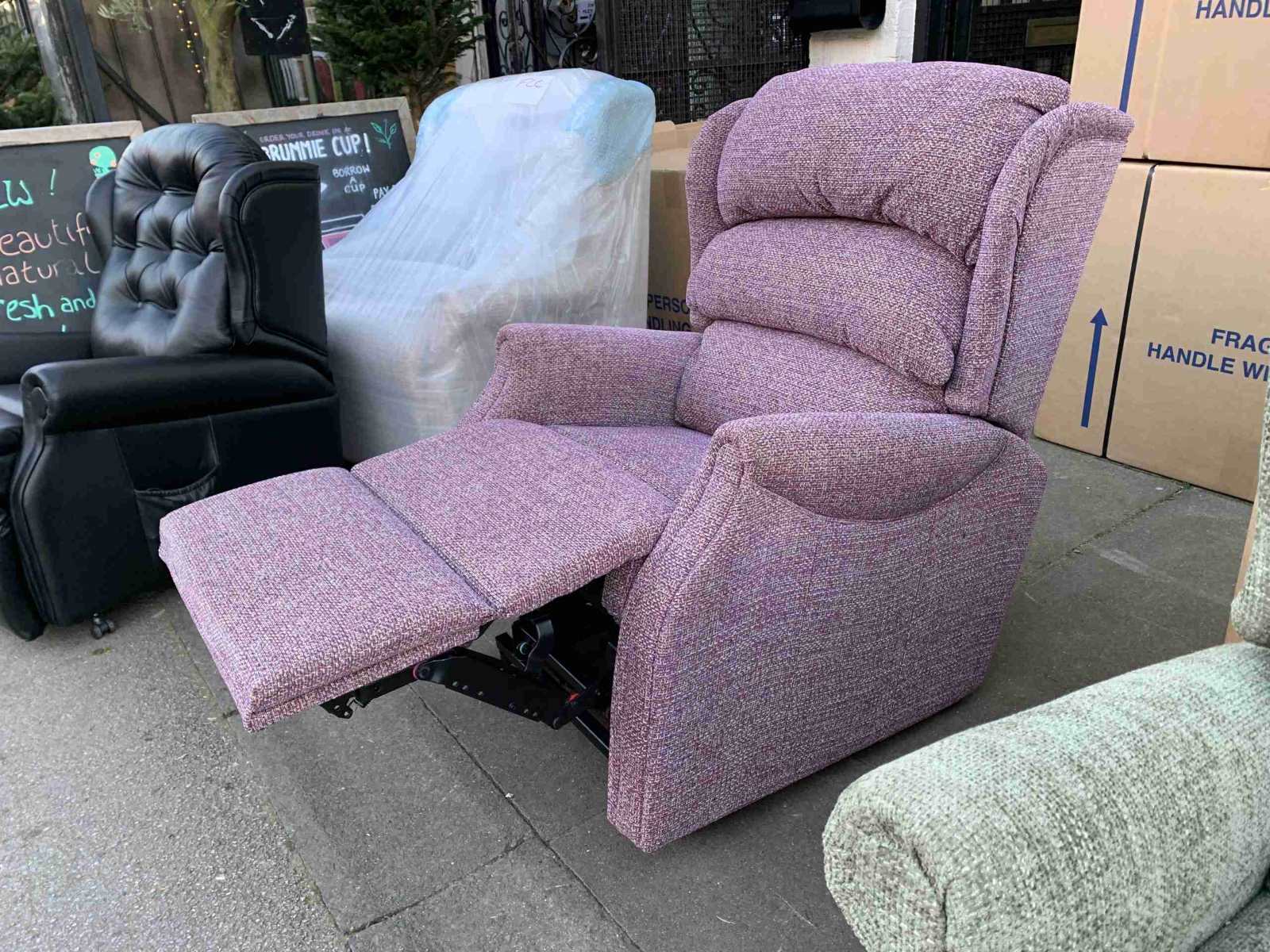
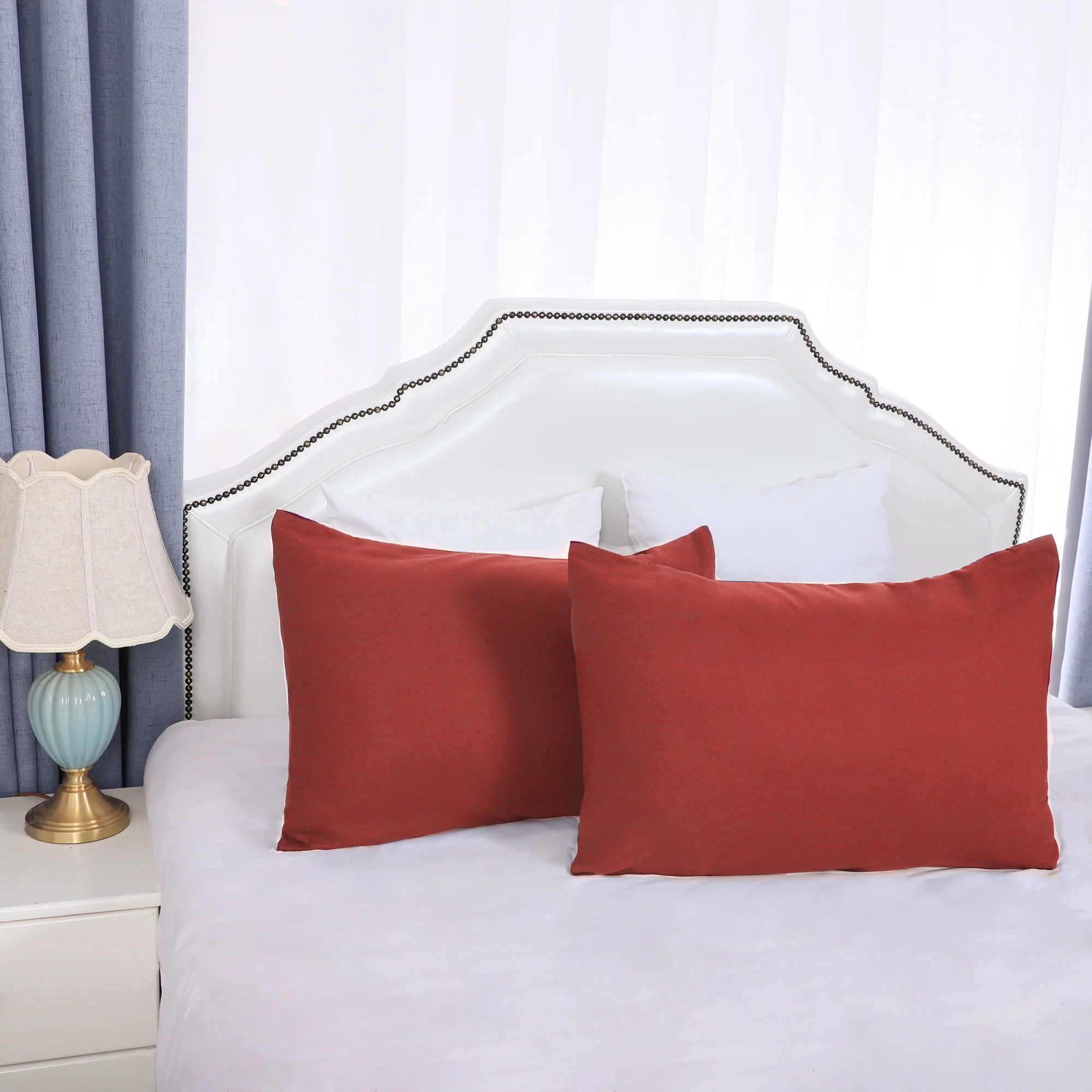
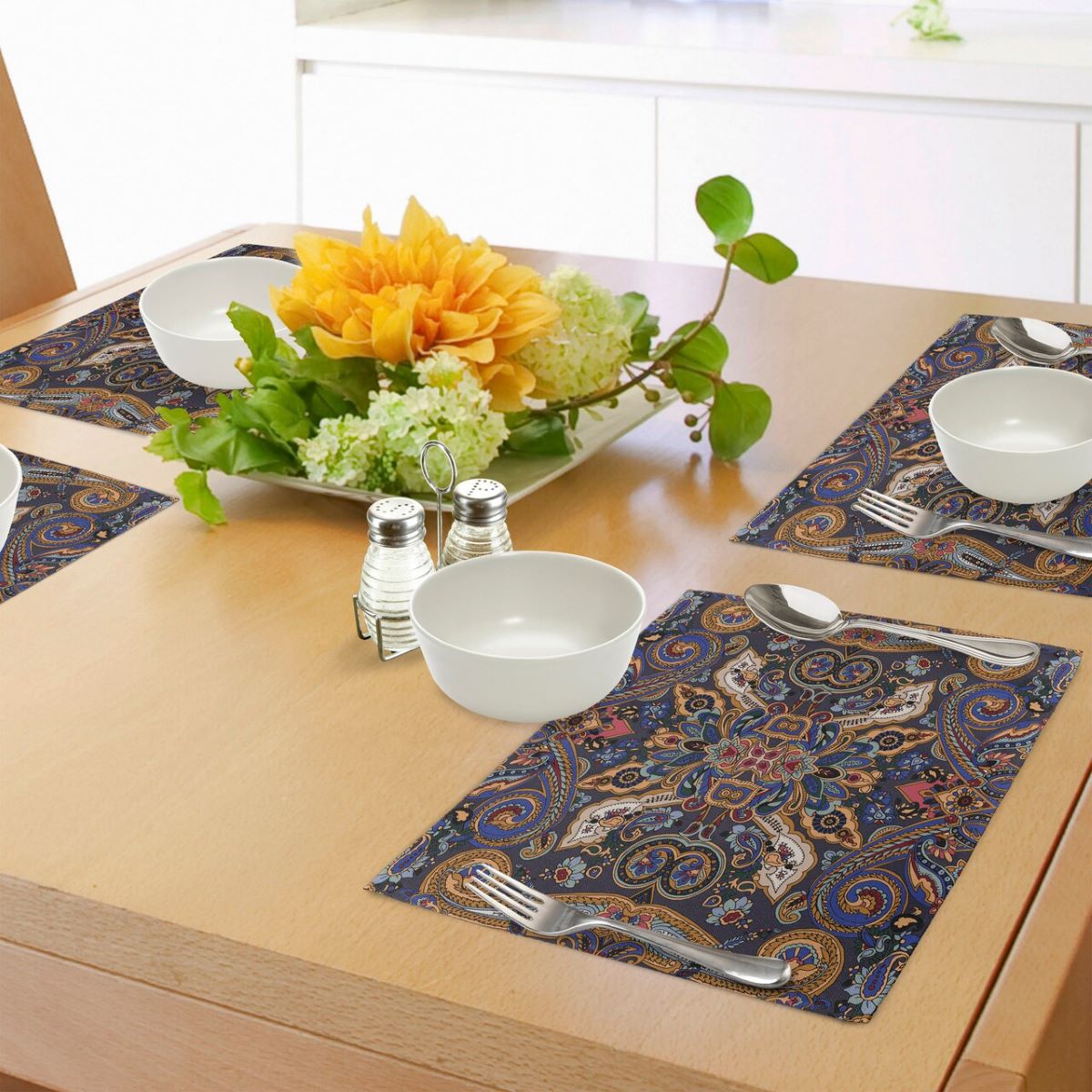
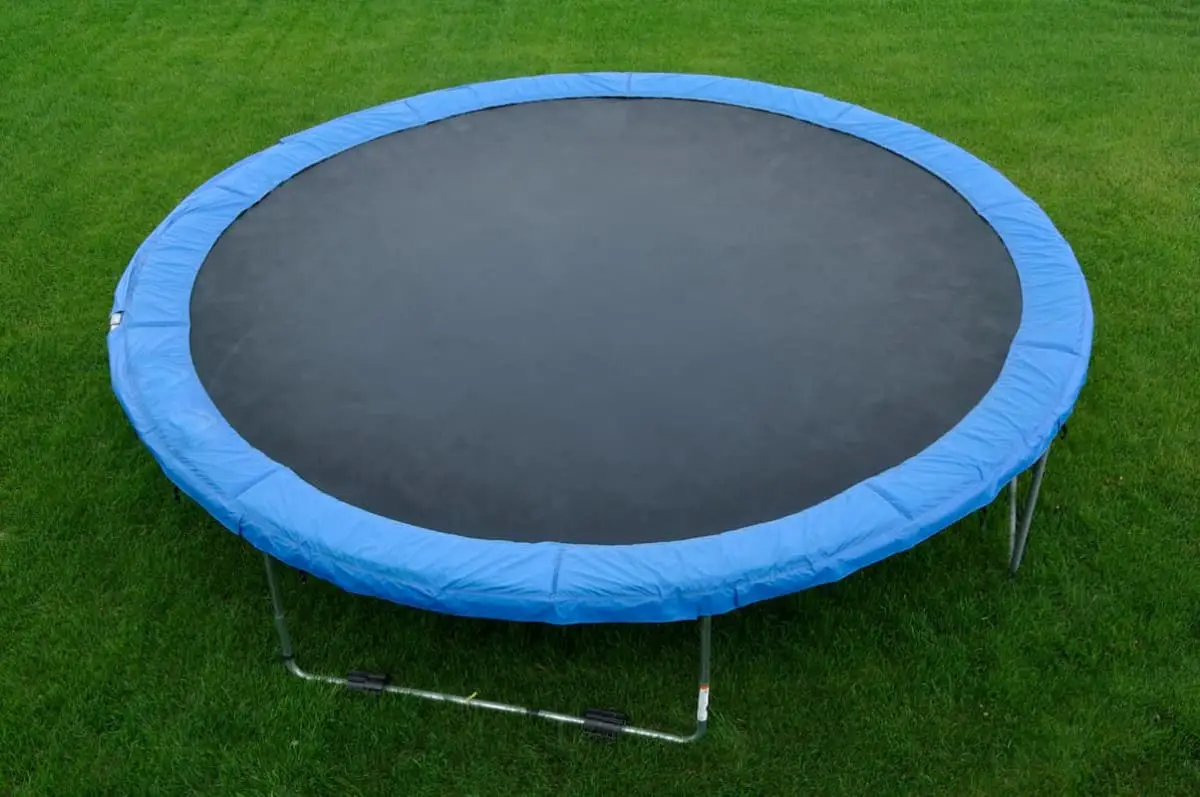
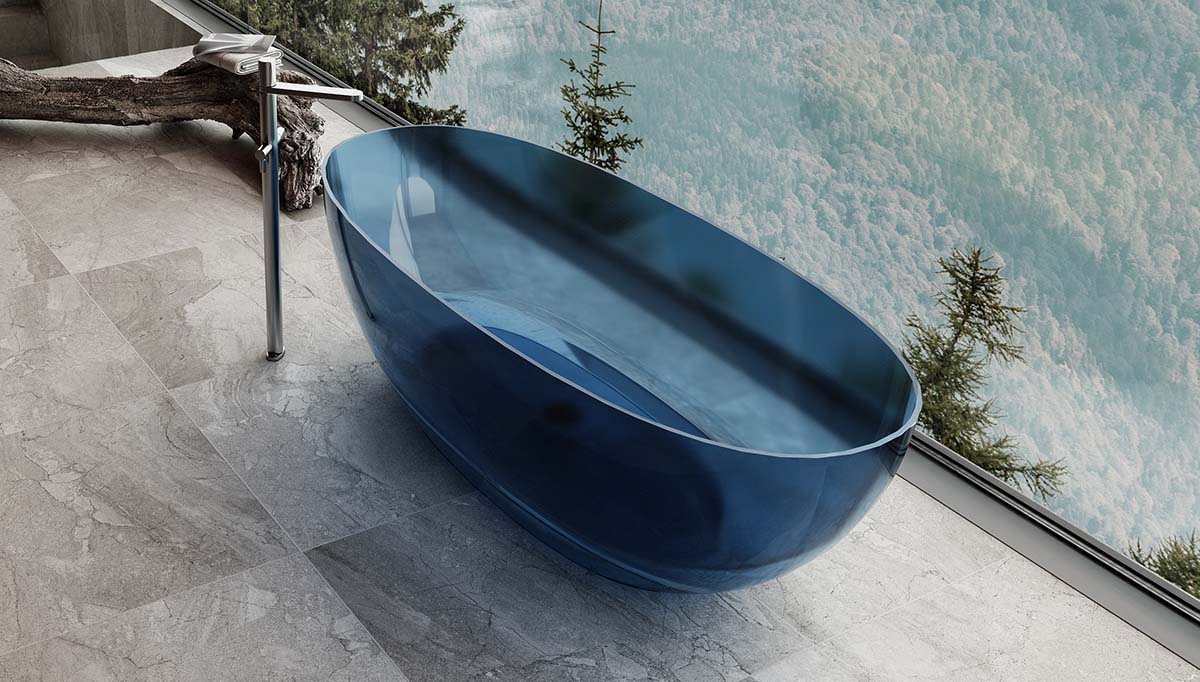
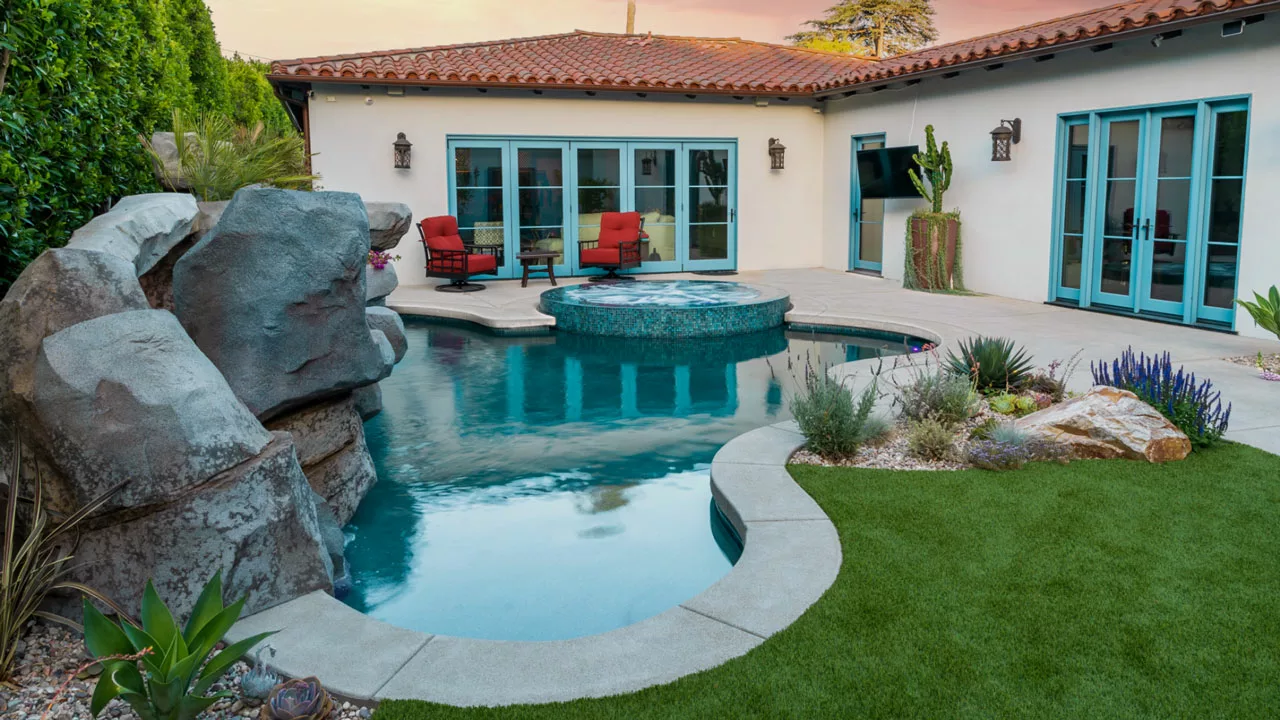
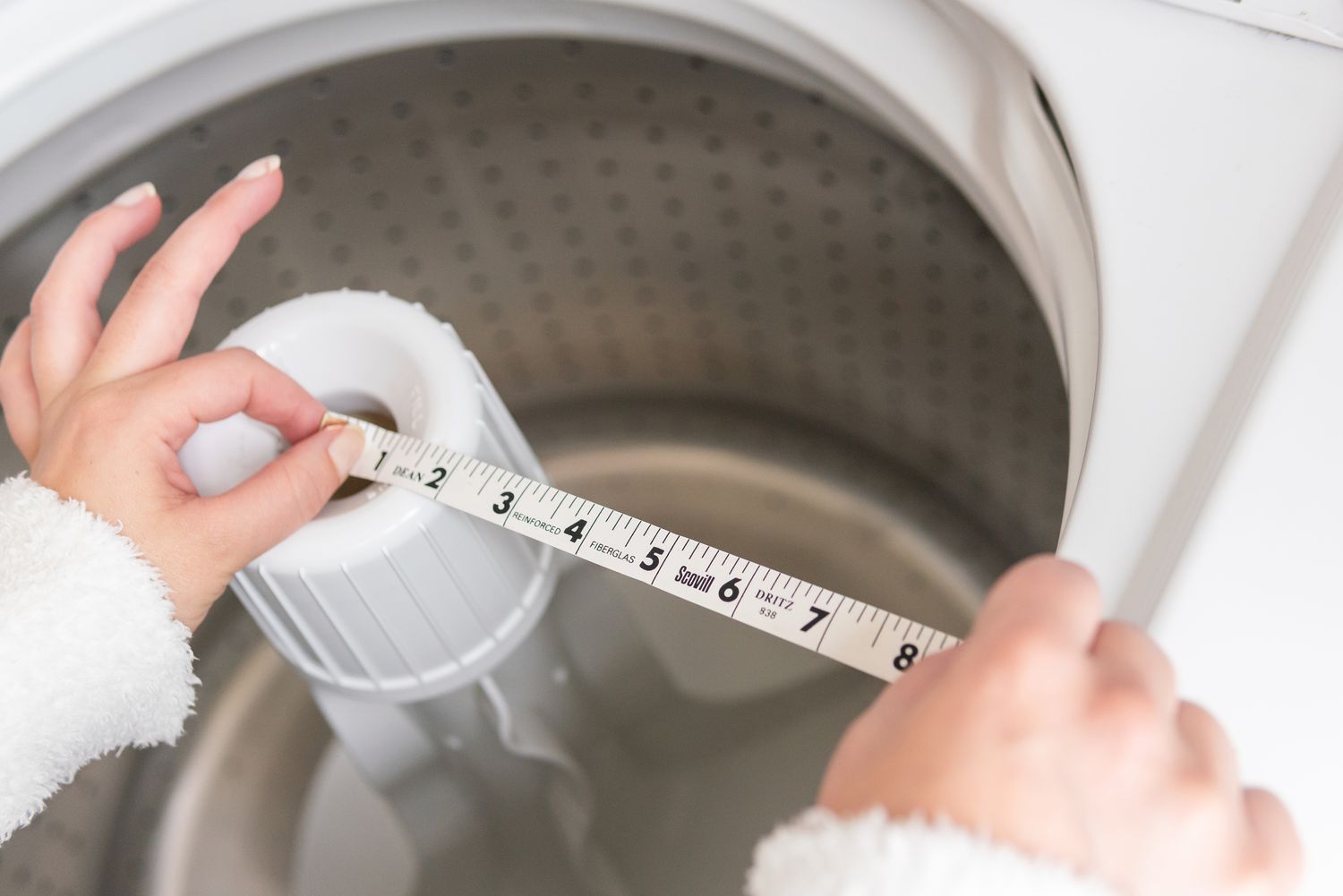

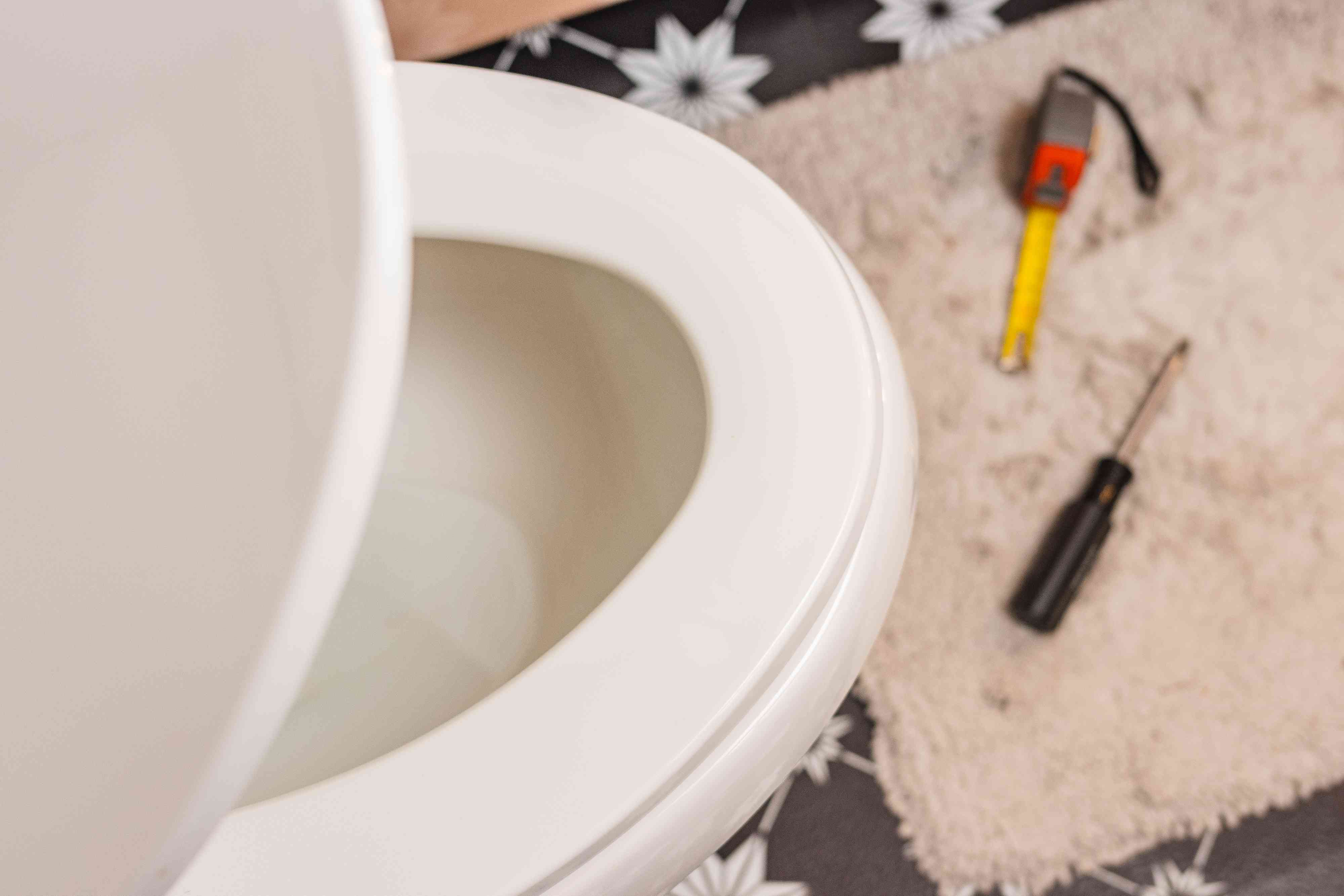
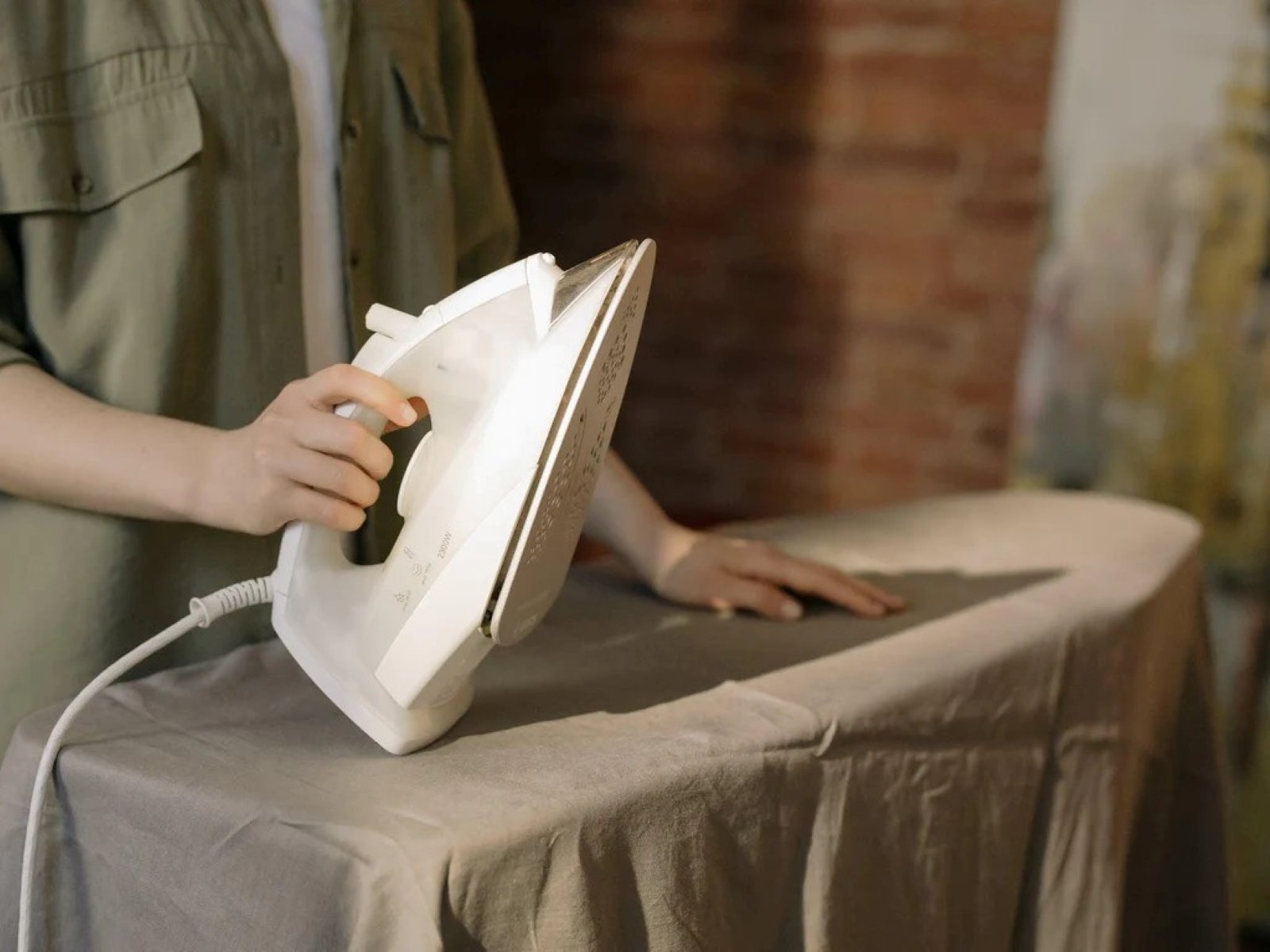
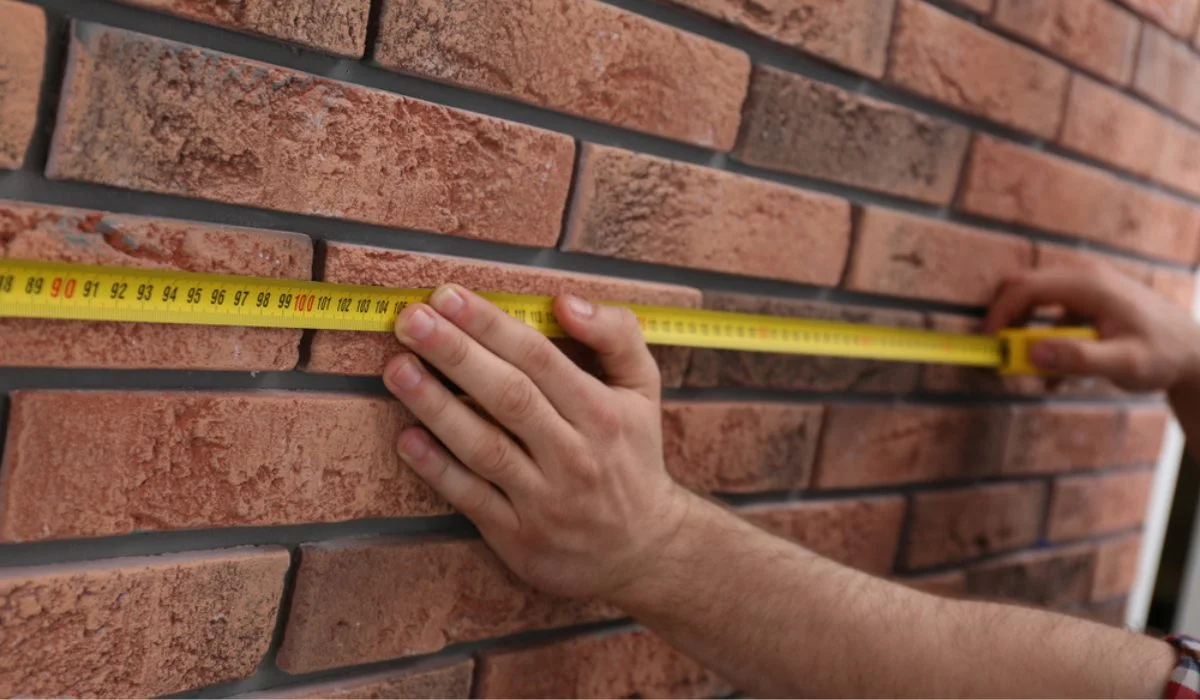
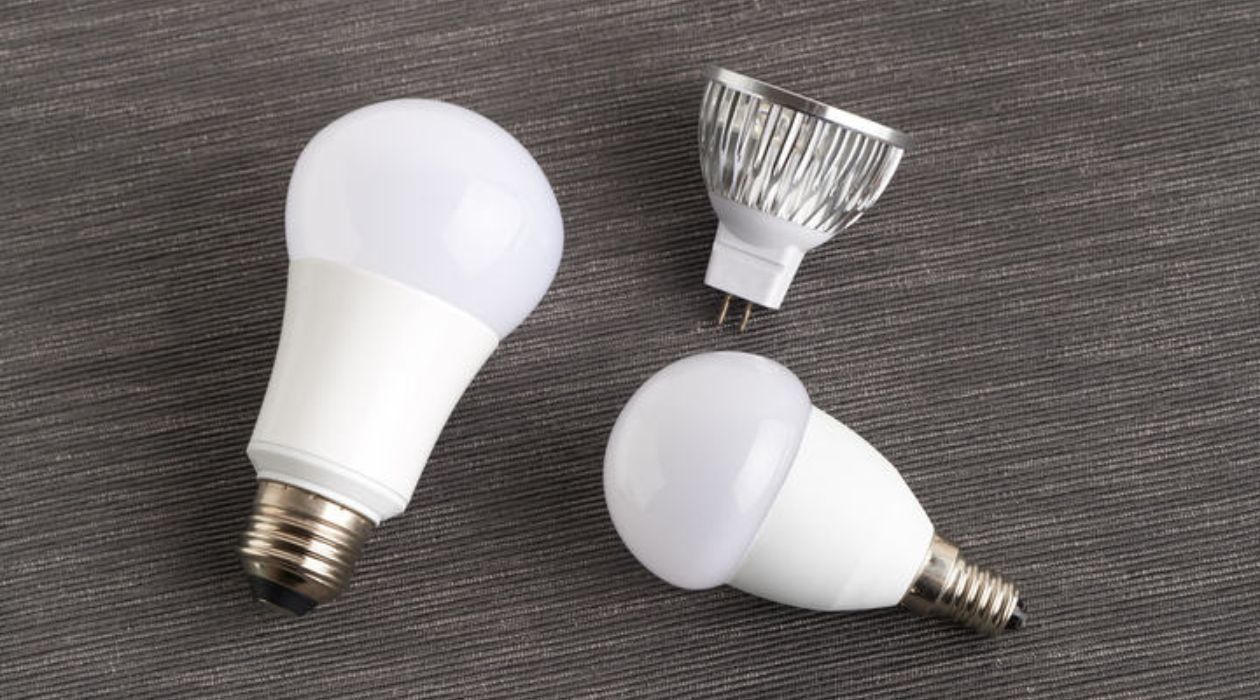
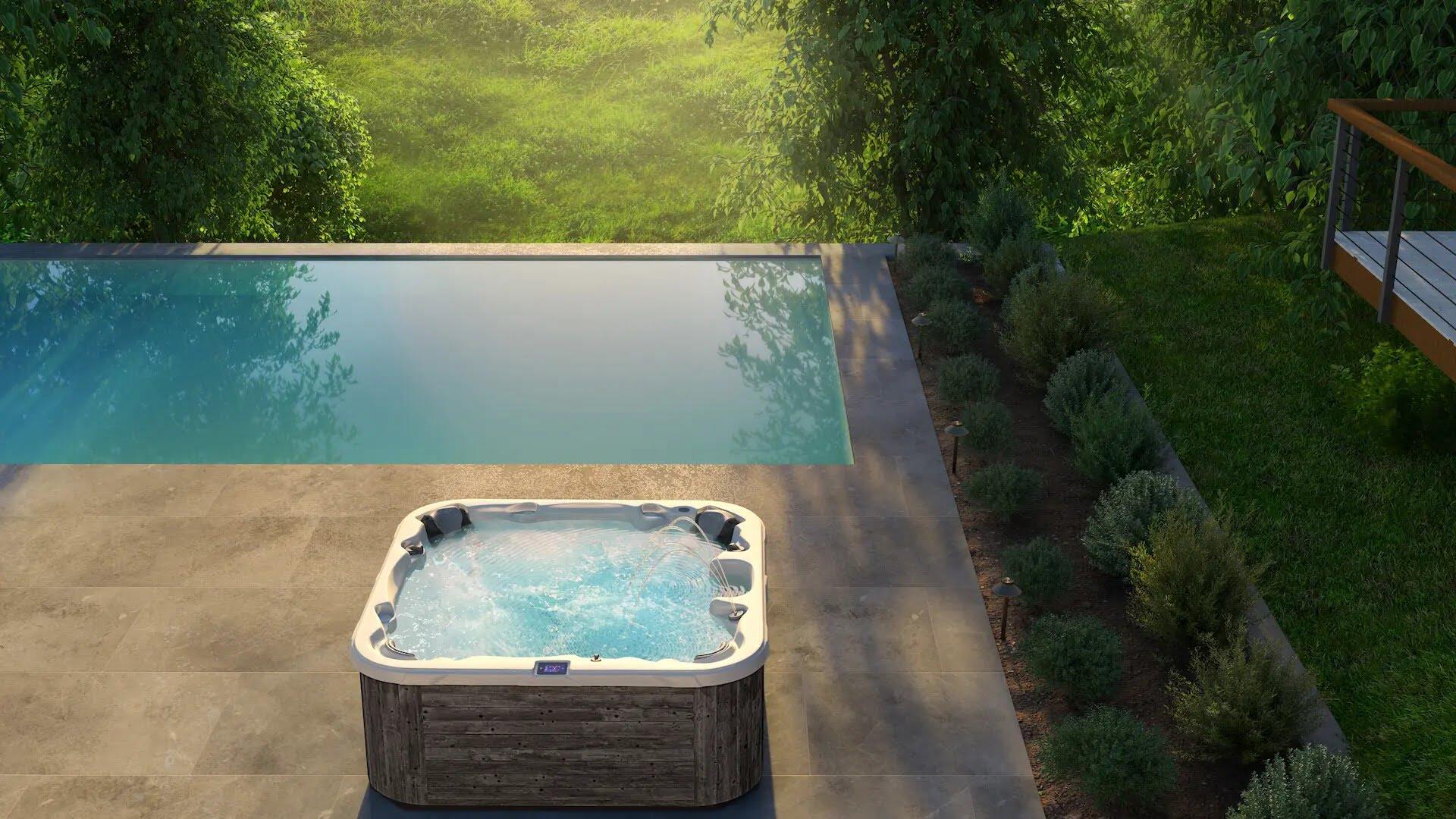
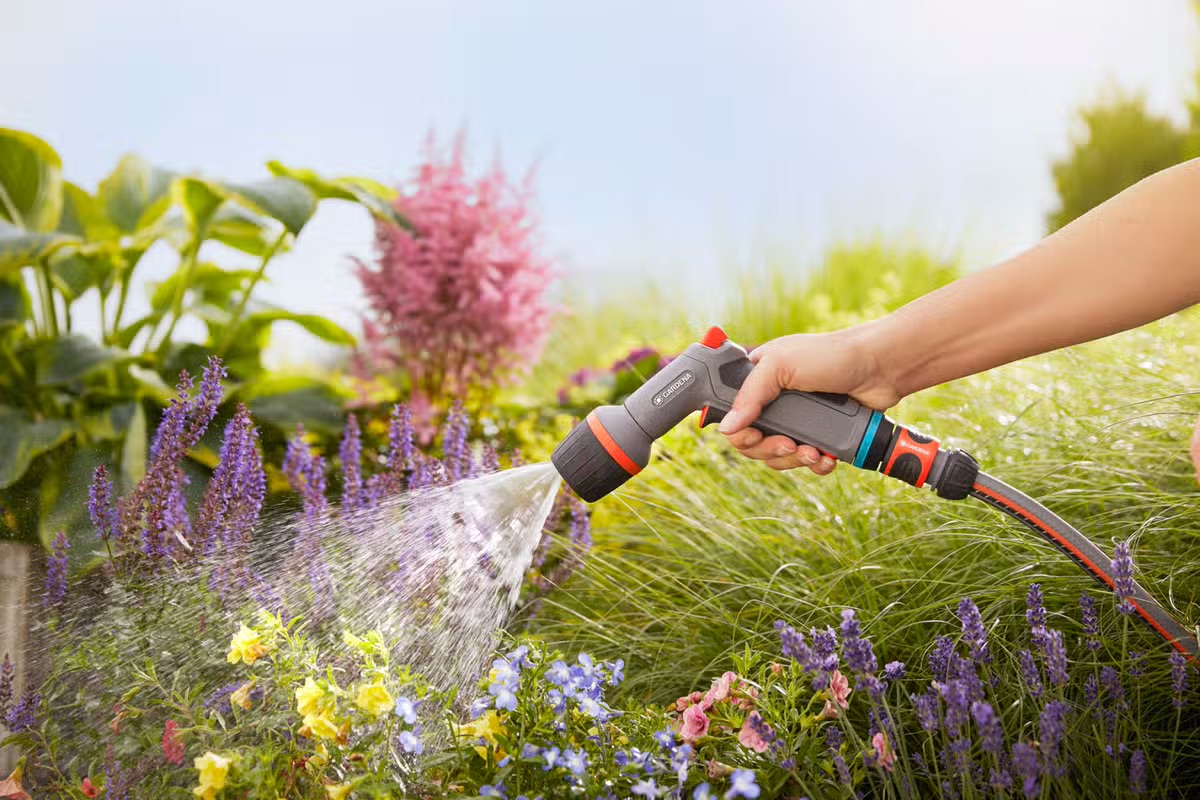

0 thoughts on “What Is The Standard Outdoor Faucet Size”